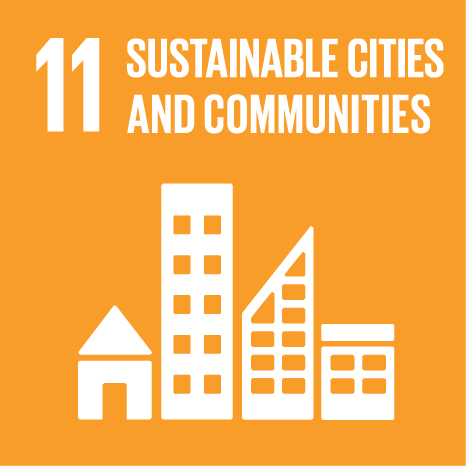Ciência_Iscte
Publications
Publication Detailed Description
Abstracción y empatía
Journal Title
AV Monografias
Year (definitive publication)
2020
Language
Spanish/Castilian
Country
Spain
More Information
Web of Science®
This publication is not indexed in Web of Science®
Scopus
This publication is not indexed in Scopus
Google Scholar
This publication is not indexed in Google Scholar
This publication is not indexed in Overton
Alternative Titles
(English) Abstraction and empathy
Abstract
En el año 2000, Manuel y Francisco Aires Mateus acababan de fundar su propio estudio. Tras colaborar varios años con Gonçalo Byrne —uno de los arquitectos lisboetas más importantes de su generación—, y después de haber sacado adelante algunos proyectos propios en una pequeña sala del atelier de Byrne (la Casa Nafarros en Sintra, la Residencia geriátrica de la Santa Casa da Misericordia en Grândola o la Cantina de la Universidad de Aveiro), Manuel y Francisco Aires Mateus trabajaban finalmente en un espacio propio, un apartamento situado en la zona del Largo do Rato, en Lisboa. Por entonces, tenían varios proyectos entre manos, algunos incluso de tamaño considerable, como la Sede del Colegio de Ingenieros, la Unidad Pedagógica de FCT en la Universidad de Coimbra o el Rectorado de la Universidad Nueva de Lisboa. Sin embargo, fue el encargo de una simple casa en Alenquer, hecho un año antes, el que cambió el carácter de la producción de los dos hermanos en los siguientes veinte años, periodo en que se centra este número de AV Monografías. Hasta ese momento, las obras de Aires Mateus habían sido una consecuencia directa de las enseñanzas de Gonçalo Byrne, durante un periodo que, más tarde, los propios arquitectos considerarían como ‘liminar’ o ‘propedéutico’. Fueron las obras construidas a partir de Alenquer las que se hicieron con un lugar singular en la historia de la arquitectura portuguesa.
In the year 2000, Manuel and Francisco Aires Mateus had just set up their own studio. After working several years with Gonçalo Byrne – one of the most important architects from Lisbon at the time –, and after having brought forward some projects of their own in a small room at Byrne’s office (Casa Nafarros in Sintra, the Residence of the Santa Casa da Misericórdia in Grândola or the Canteen of Aveiro University), Manuel and Francisco Aires Mateus finally managed to work in a space of their own, an apartment located in the Largo do Rato district, in Lisbon. At that time, they had several projects under way, some even of considerable size, like the headquarters of the Institute of Engineers , the Pedagogical Unit of FCT at the University of Coimbra or the Rectorate of NOVA University Lisbon. However, it was another much simpler commission to build a house un Alenquer, completed a year before, that would change the character of the work of the two brothers over the coming twenty years, the period covered in this issue of AV Monographs. Up to that moment, the works of Aires Mateus had been a direct consequence of Gonçalo Byrne’s teachings during a period that, later on, the architects themselves would define as ‘liminal’ or ‘propedeutic.’ But the works built after Alenquer are the ones that would occupy a unique place in the history of Portuguese architecture.
Acknowledgements
--
Keywords
Arquitectura,Arquitectura Contemporânea,Arquitectura Portuguesa,Aires Mateus
Contributions to the Sustainable Development Goals of the United Nations
With the objective to increase the research activity directed towards the achievement of the United Nations 2030 Sustainable Development Goals, the possibility of associating scientific publications with the Sustainable Development Goals is now available in Ciência_Iscte. These are the Sustainable Development Goals identified by the author(s) for this publication. For more detailed information on the Sustainable Development Goals, click here.

 Português
Português


